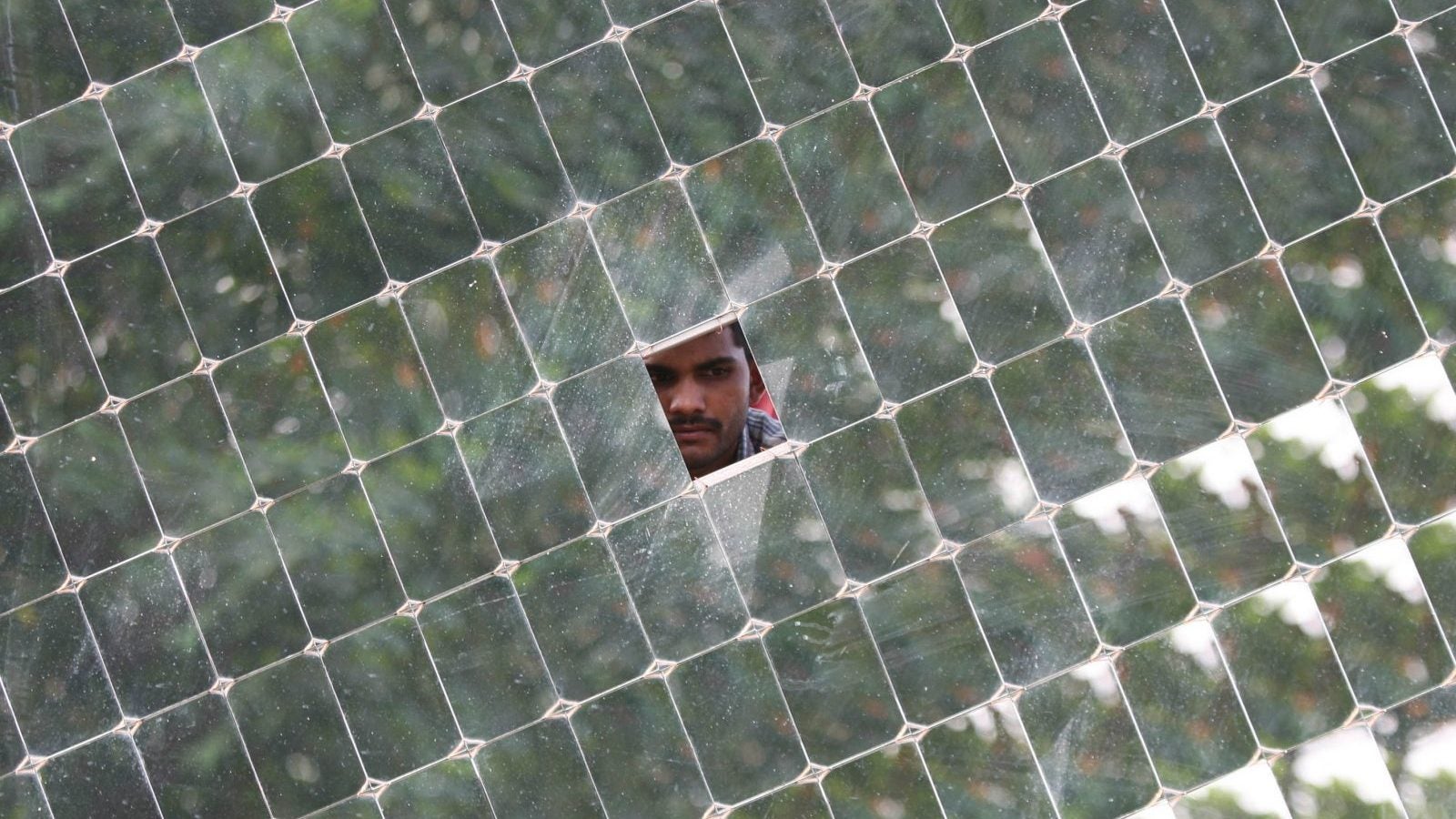After a dull 2017, India’s solar power sector is making a comeback
The Indian solar power sector is off to a good start in 2018. After months of a dry pipeline, the industry now has over 4,000 megawatts (MW) of projects that it can bid for and execute across the country.


The Indian solar power sector is off to a good start in 2018. After months of a dry pipeline, the industry now has over 4,000 megawatts (MW) of projects that it can bid for and execute across the country.
In the first week of this year alone, the central government-run Solar Energy Corporation of India (SECI) has tendered out over 1,200 MW of projects, including 750 MW in Andhra Pradesh, 200 MW in Karnataka, and 275 MW in Uttar Pradesh. The recovery began in December 2017, when around 3,000 MW worth of projects were auctioned and tendered by the SECI and various state governments, including 1,300 MW in Maharashtra, 860 MW by Karnataka, and around 750 MW by the SECI.
The sector had witnessed a sharp fall in activity over October and November last year as it battled flat power demand and rising solar panel costs. So, against the yearly target of 15,000 MW for the 2018 financial year, India commissioned just over 3,000 MW of solar power as of December 2017.
Scrambling to meet the broader goal of commissioning 60 gigawatts (GW, or 1,000 MW) by 2022, the ministry of new and renewable energy decided to make amends in November last year, promising to lay out bids for 3,000 MW of solar projects in January 2018; 5,000 MW in February, and 6,000 MW in March 2018.
In August 2017, the ministry also introduced new norms for procuring solar power from farms set up through auctions. These norms made the process more transparent and prevented the unilateral termination of power purchase agreements.
It is as a result of these new norms that there has been a spurt in auctions, Ankur Agarwal, a senior analyst with India Ratings and Research who tracks the infrastructure sector, told Quartz. With some clarity brought into policy, 10 GW capacity addition per year is easily achievable over the next two or three years, in line with the target of completing 60 GW of grid-connected solar power by 2022, Agarwal added.
As of Dec. 15, 2017, India had an installed capacity of 16.68 GW, and solar farms of another 6.5 GW were under construction, renewable energy minister RK Singh told parliament on Jan. 04.
Developers, however, must still deal with one major issue: the proposed introduction of anti-dumping duties on imported solar panels a few months from now, which might slam the brakes on growth. This move could push up tariffs, hitting project viability.